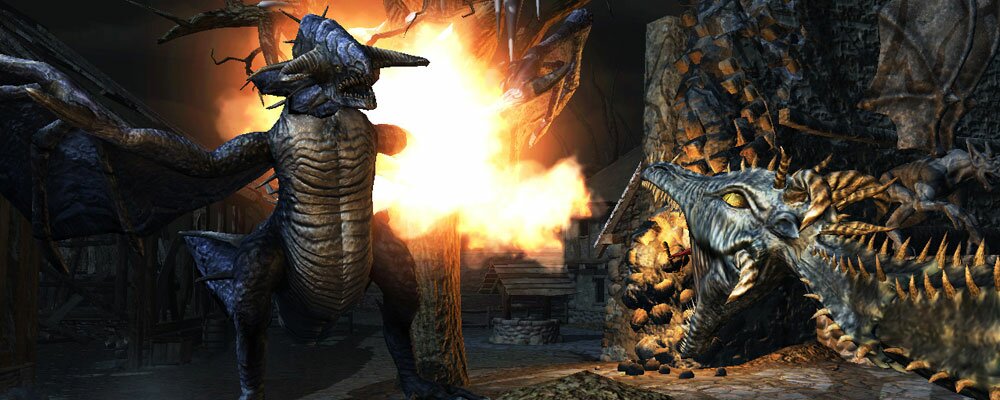Since character interaction is one of the key features in our game, I thought in today’s update I will tell you a little more about how this is going to work and what kind of effects you can expect. It is a bit tricky for me to do, because on the one hand I would love to divulge every bit of information on it—because it really is absolutely cool and fascinating – but at the same time I need to make sure we are maintaining a bit of competitive advantage by keeping things vague. In the old days, this was not a problem because you talked about things such as this very late in the development of a game, but in today’s climate, as soon as we announce features, people want to know details. The problem with that is that in the time from now until the time we publish, other projects can essentially pick up your idea and mimmic the feature, and take away a competitive advantage from you that way. I need to prevent this while also satisfying our backer’s curiosity. I’ll try to do my best.
At the core of all of the character behavior is our “Psycho Engine.” Aptly named, wouldn’t you say?
As you know, the game uses 34 traits for each character, but that’s really only half the story. These traits are the ones visible to the player. There are countless other stats running under the hood, constantly measuring and recording things. How many times did character one disagree with remarks made by character three, for example? It builds an internal frustration level that is invisible to the player. Naturally, when a certain threshold is reached, the frustration will result in a response. The character may tell the other guy to just shut up, for example.
Now take this example and apply it to all the things that go on in a role-playing game. As players, we tire of sword fodder in RPGs, meaning, after killing the umpteenth goblin, we would appreciate a different monster for a change. Why should the companions in your party feel any differently? So, let’s keep track of things such as the number and types of monsters slayed overall and within a certain recent window of time, and evaluate the information constantly. Once again, when a certain threshold is reached, it will force a response.
The list of things that can be done this way is endless and we actually apply various levels of importance to these responses. Naturally, these are vast masses of information that will have to be processed, but thanks to modern day computers this is more possible than ever. It is something we could never have done in games such as “Realms of Arkania” because the memory and storage requirements would have been too high, and the computing muscle to process all that information would have been too weak or slow. So when we say we keep the game traditional but will make use of modern technologies, it refers to something like this every bit as much as to the pretty graphics in the game.
At its core, the Psycho Engine is a kind of artificial intelligence that is highly specialized on the requirements of our game. It weighs and prioritizes things in the game, just like a human being would, and there are certain responses that are instinctive, reflexive or subconscious while others are more defined by a character’s actual personalities and the way the player has been defining these companions in his play.
While playing the game, this means situations will lead to other situations. When two characters argue a lot, the player has to pay attention to that in order to prevent bigger problems down the line. There will be various ways to deal with it, and each situation will probably be different. Sometimes a bit of diplomacy might help, sometimes authority may work and at other times, it may simply be the best to send away one of the characters to make sure peace returns to the group. Perhaps recruiting a different NPC, one that fits in better with the group dynamics, would be advisable. Since you will run into recruitable characters throughout the game, it may turn out to be a very interesting change in pace, as a matter of fact. The decision is up to the player.
This is just one example, but I think you get the idea and can see how something like this can very quickly result in a game that is much more challenging and involving, and resemble a classic tabletop game where the player has to take charge and really role play his characters.
Coincidentally, the same is true in combat, where running a sword through an opponent may not always be the best option. In “Deathfire: Ruins of Nethermore” we try to get players off the auto pilot and think about their actions. I will talk more about combat in a future update, because we have some very interesting options there as well that will hopefully please players.
The overall intention is to make sure that the game is not a simple Hack’n Slash game and that players won’t look at it as just another mindless “Blobber.”


 Comments:
Comments: 




Leave a reply